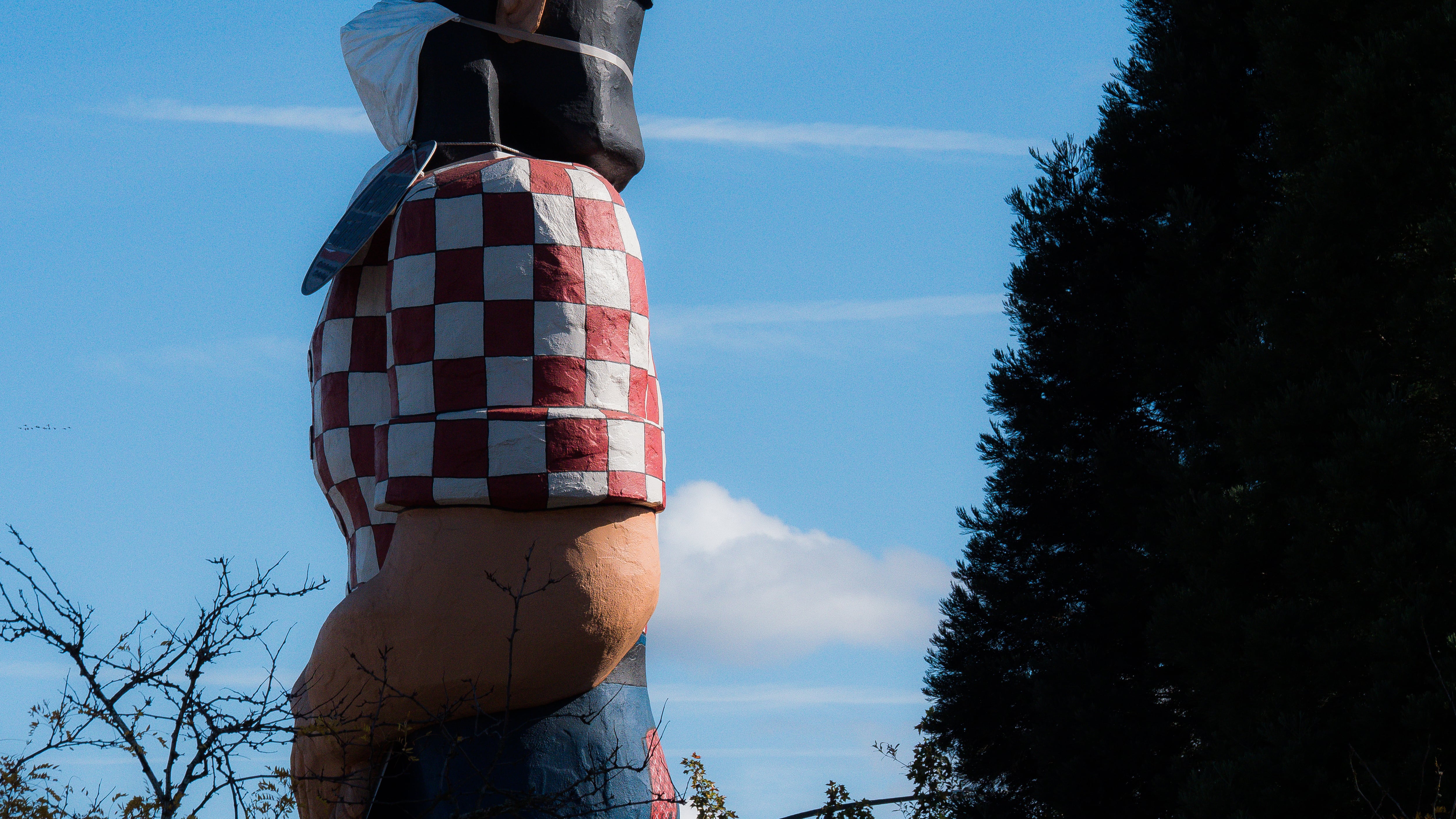Oregon and Multnomah County again reported record numbers of new COVID-19 cases on Friday, Oct. 30.
Oregon saw 600 cases, and Multnomah County had 152, the Oregon Health Authority reported. It's the first time Oregon has reached the threshold of 600 daily cases.
Those numbers appear to be part of trend of increasing cases. In the week ending Sunday, Oct. 25, Oregon had a record number of cases for a seven-day period.
The news came on a day when Gov. Kate Brown announced plans that she said would allow 130,000 of the state's public schoolchildren to return to school.
"We must prioritize getting our kids back into the classroom for in-person instruction," Brown says. "Too many of our students haven't seen the inside of a classroom since March. We can get them back in a way that minimizes risk
to the greatest extent possible."
She did that by lowering the state's criteria for opening schools, citing evidence that school classrooms are not likely to cause outbreaks of the disease.
Oregon will no longer require that no more than 5% of COVID-19 tests statewide come back positive in order for classrooms to reopen. The 5% positivity figure will remain as a county metric.
For schools to reopen all grades, counties (except in rural areas) will need to have no more than 50 new cases per 100,000 people over a two-week period. (The previous metric was less than half that number: 10 cases per 100,000 each week for three weeks.)
For elementary schools alone to open, counties will need to have fewer than 100 cases per 100,000 over a two-week period. Where previously only kindergarten through third grade would be allowed to return to school in counties meeting that metric, now kindergarten through sixth grade will qualify to reopen under the lower criteria.
Exceptions will also be given to districts and schools serving children affected by the state's wildfires.
In all cases, local districts will have a say about whether to proceed with reopening.
Children have a lower risk of hospitalizations and death from COVID-19, and may be less likely to spread it. The impact of school infections is most likely to be felt by teachers, who are more likely to face higher risks of contracting COVID-19.
So it's notable that when the governor first set more stringent criteria for reopening, she appeared to allay the concerns of teachers unions. But now, Oregon's teachers union officials did not support her new approach.
Instead, they responded with indignation.
"The governor's decision to hastily implement new, relaxed metrics will only serve to further disrupt education for students, families and educators throughout Oregon—allowing districts to bring students back to the classroom before it is safe to do so and increasing the likelihood that our schools and communities will again be forced to lock down in the future," says John Larson, president of the Oregon Education Association.
"Now is the time for Oregon leaders to focus on taking strong steps to reduce the ever-climbing community spread of COVID-19 in our state and put in place safeguards that will keep our most at-risk community members safe."
Portland Public Schools has already announced plans not to open until Jan. 28, but the Portland Teachers Association, the local teachers union affiliate, is nonetheless calling on members to write to the governor and Oregon Department of Education director Colt Gill.
"Educators haven't given up on students, but it looks like our state leaders are giving up on the fight against COVID-19," an email from PAT to members reads. "We are disappointed and alarmed that the state of Oregon has decided to relax the metrics that have successfully kept COVID-19 rates low, just as the case count across the state is surging. This sends the wrong message, and puts community health at risk."
At the same time, as Gov. Brown plans to open indoor classrooms to children, she is urging people not to celebrate Halloween with trick-or-treating, an outdoor activity. The reasons include "it's hard to stay 6 feet apart" and that handing out candy will put people into contact with more people than usual.
"I know we are all sick of hearing it," Brown said, "but that means we continue with more effort than ever: the hand washing, staying home when sick, mask wearing, and avoiding gatherings."
I know it feels like more trick than treat, but the safest way to celebrate Halloween is at home this year. If you're not sure why, here's the reasoning behind the @CDCgov's recommendation. pic.twitter.com/IKjZfUWG5l
— Governor Kate Brown (@OregonGovBrown) October 31, 2020

